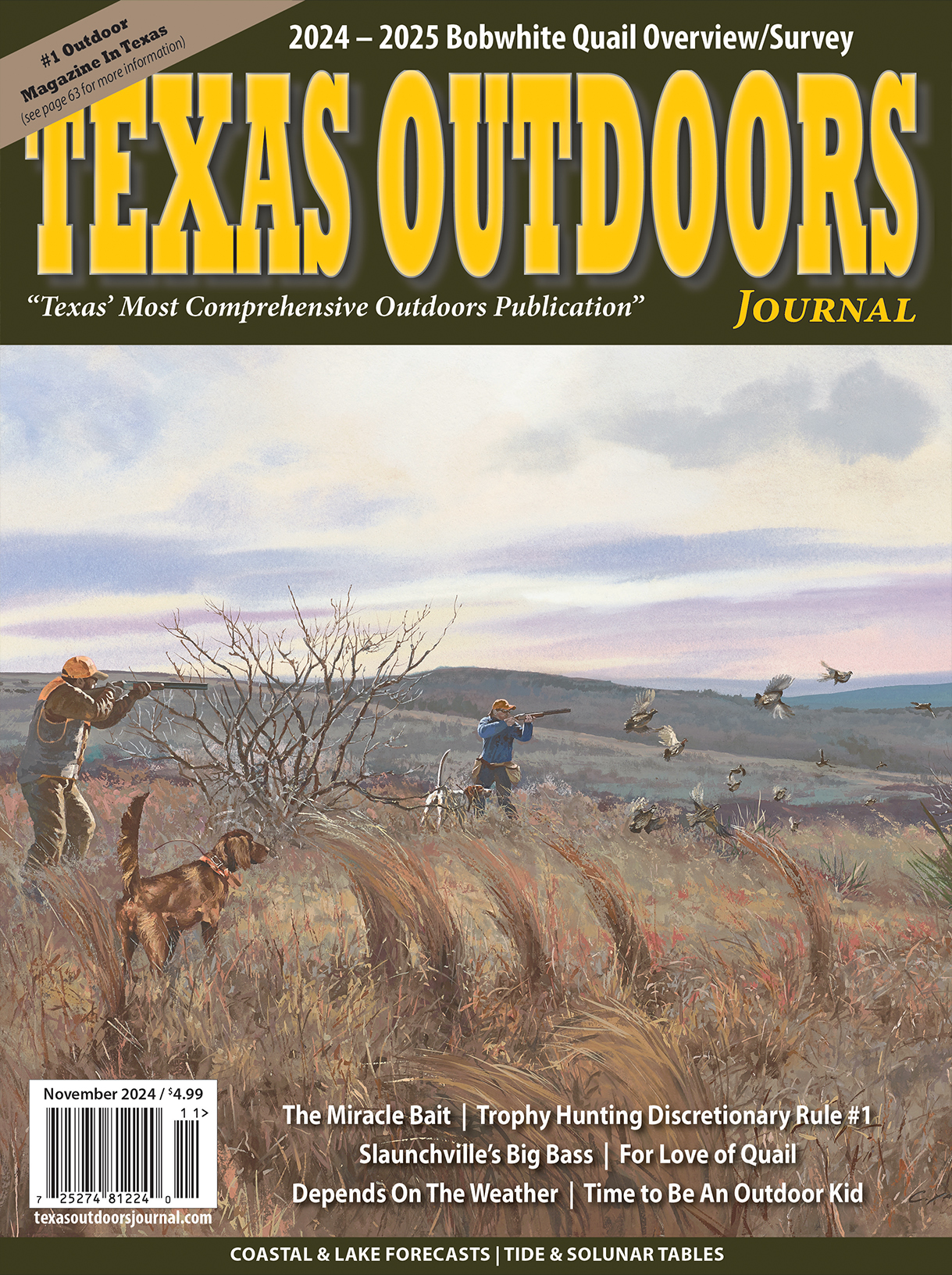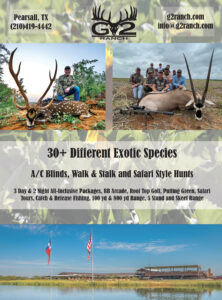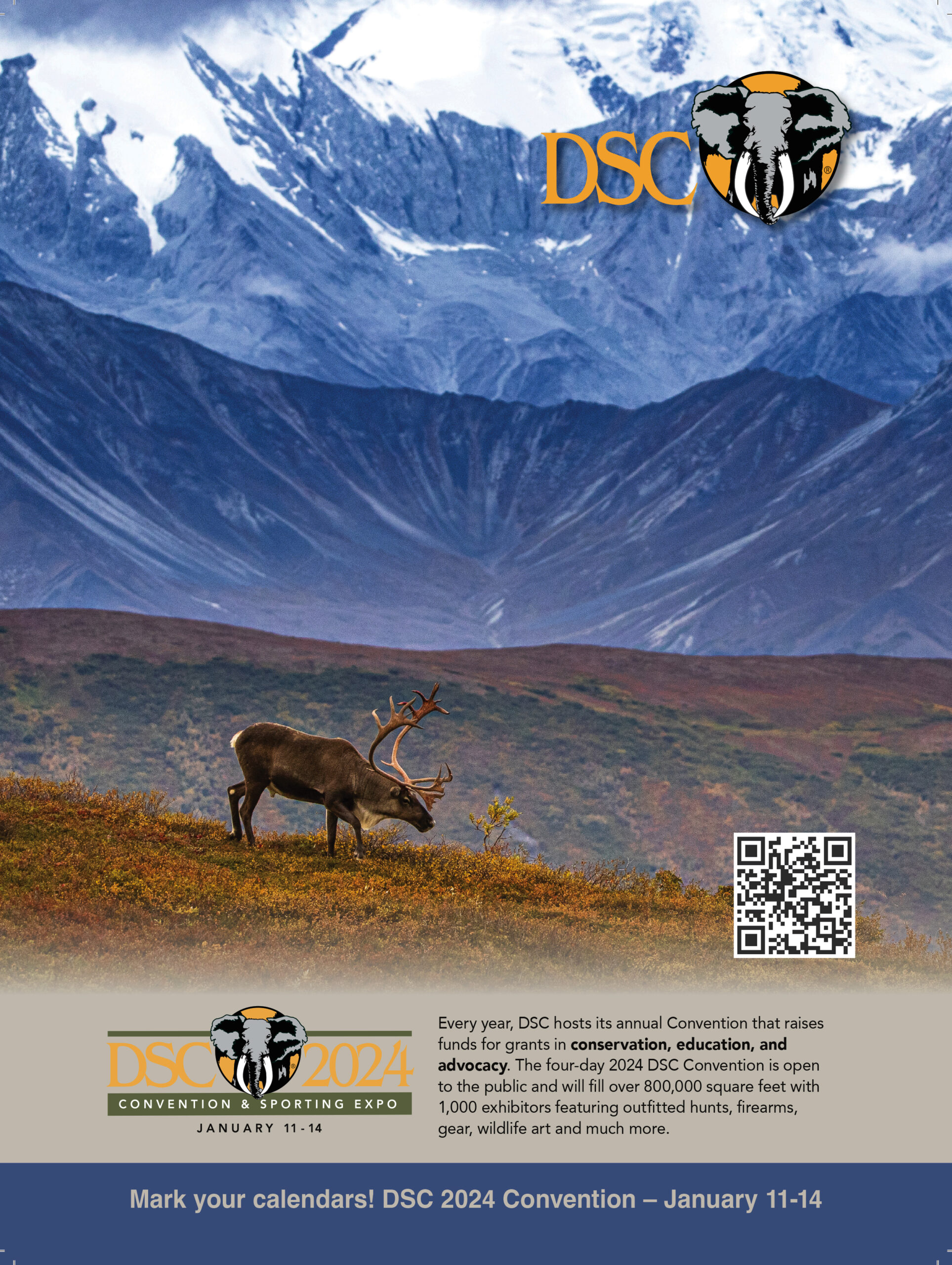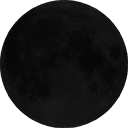
TPWD, Local Partners Provide Free Saltcedar Treatment to Landowners on the Upper Brazos River
AUSTIN – In 2016, the Texas Parks and Wildlife Department and local partners treated 3,500 acres of invasive saltcedar along 112 miles of the Upper Brazos River at no cost to landowners. This year, the group is working to expand the effort further downstream and fill in gaps in the areas that have already been treated.
To enlist new local landowners in the fight against the invasive tree, representatives from the Texas Parks and Wildlife Department, the U.S. Fish and Wildlife Service and Texas A&M AgriLife Extension will be holding a series of informational workshops in Garza, Kent and Stonewall counties this month. The first workshop will be held from 6 p.m. to 8 p.m., Thursday, April 20, at Stonewall County Community Center in Aspermont and the second workshop will be held from 10 a.m. to 1 p.m., Saturday, April 22, at the Kent County Community Center in Jayton.
“Landowner partners are a critical part of the saltcedar treatment effort in the Upper Brazos watershed,” said Monica McGarrity, TPWD aquatic invasive species team leader. “We are looking to meet people, build partnerships, talk about what we are doing, and show folks where we’ve been working, where we expect to be working this year, and give them an idea of the project’s scope and goals.”
Saltcedar has been called a “game changer” for aquatic life – the thickets of invasive trees armor the banks of the river, cause sediment to build up in the flood plain, consume large quantities of water and can even change the shape of the river and affect water flows. But the dense saltcedar thickets can also be detrimental to the native plants, wildlife and people that call the land around the river home and can increase wildfire intensity.
“Where there are less plant species there is also less animal diversity,” said Seth Pearson, TPWD wildlife biologist. “And the thicket limits access to the river for hunters, ranchers and wildlife because it creates a dense physical barrier.”
All landowner partners who elected to participate in 2016 received no-cost aerial herbicide treatment of saltcedar. The U.S. Fish and Wildlife Service Partners for Fish and Wildlife program will be providing selected landowners with funding for ground-based herbicide application in areas where cottonwoods or other nontarget plants are located. Although the herbicide treatment does not immediately kill the tree or reduce the thicket, based on post-treatment surveys biologists have found that 80-90 percent of saltcedar was affected by the 2016 treatment. The no-cost treatment program is continuing in 2017 with priority given to properties on the Double Mountain and Salt Forks of the Brazos River.
In some cases, landowners can also elect to participate in riverside and instream habitat monitoring being conducted by biologists from TPWD and Texas Tech University. Researchers from the University of Texas will also install instruments at a few participating landowner sites.
“We are installing monitoring wells and soil moisture sensors to see how water levels change following saltcedar abatement,” said Brad Wolaver, a research associate with The University of Texas at Austin Bureau of Economic Geology. “We are also developing a water budget model to evaluate how flows in the river might change with effective large scale management of saltcedar.”
Wolaver said the data improves our understanding of the hydrology of the Brazos River. But on a smaller scale, this data also provides landowners with information about how much it has rained at their property, how wet the soil is, and how groundwater levels are changing following treatment. Landowners may also find this information useful to improve their management of irrigation and livestock watering.
Landowners who elect to participate in saltcedar management, including any of the research projects, will be given advance notice before any aerial treatment or visit to their property.
Funding for the project is provided by Rider 34, a $6.3 million Texas legislative appropriation to TPWD to address statewide management of aquatic invasive species in the 2016-2017 biennium.
An email RSVP is requested but not required to attend the landowner workshops; a $5 door fee will be collected to cover food and refreshments and organizers want to be sure there’s enough food for everyone.
To RSVP for the workshops or request more information about the project and how to become a landowner partner, contact Monica McGarrity at (512) 552-3465 or email at monica.mcgarrity@tpwd.texas.gov.
To view aerial footage of saltcedar treatment on the upper Brazos River, visit our Youtube channel online, or to download the footage visit http://tpwd.texas.gov/files/video/.









